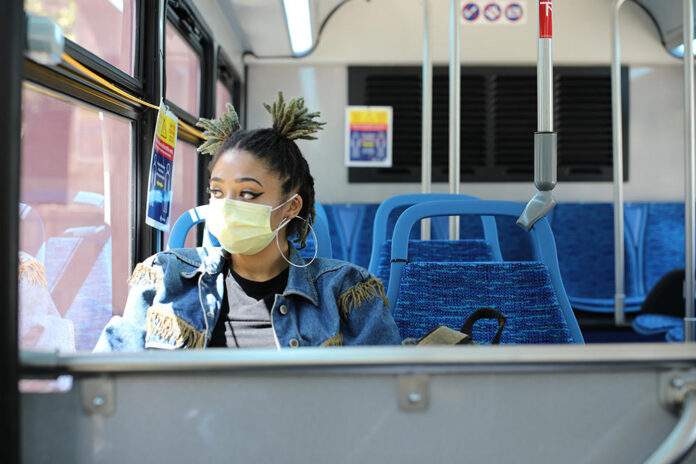It is cold and snowy, and you don’t want to drive. Sounds like a perfect time to take the bus or train, right? Wrong. Public transportation can be just as dangerous as driving in traffic. In fact, according to the Centers for Disease Control and Prevention (CDC), buses and trains are the leading cause of disease contagion among Americans. That’s why it’s important to take precautions when commuting.
Why Wear a Mask in Public?
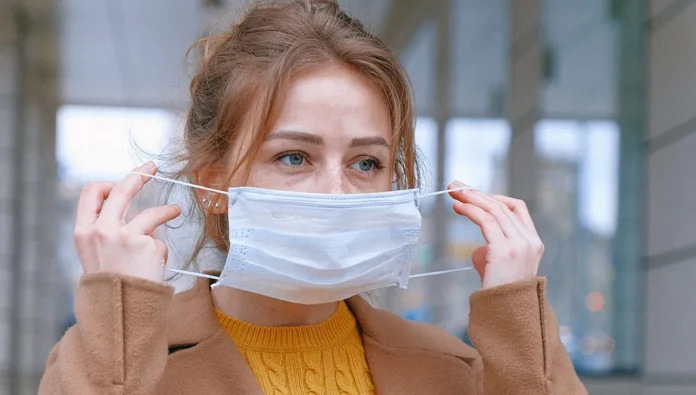
Public transportation is a great way to save money and get around town, but it can be unpleasant if you don’t have your own transportation. If you’re not used to catching public transportation, you might feel uncomfortable without a mask.
A lot of people wear masks in a public transportation because they think it’s safer. A study done by the University of Illinois at Chicago found that wearing a mask reduces the risk of getting sick by up to 91 percent when compared to people who do not wear masks.
There are other reasons for wearing masks in public transportation: some people are allergic to certain particles in the air, others are pregnant or have a respiratory condition, and still, others just want to avoid being socialized.
A respirator mask is designed to protect against hazardous air pollutants (HAPs). It has a tight-fitting headpiece that covers the entire face and a tube that goes over the nose and mouth to deliver air into the lungs. A properly fitted respirator will seal tightly against your nose and mouth, preventing any outside air from entering your lungs. To ensure proper sealing, always use a respirator and masks that has been approved by the Environmental Protection Agency (EPA). There are a lot of models at France Masque, all suitable for wearing in public. Make sure you choose the right for you.
The Risks of Exposure to Airborne Infections
First of all, public transportation can expose you to other people who are carrying unpleasant illnesses. If you’re not taking the necessary precautions to avoid coming into contact with others, like washing your hands often and using respiratory protection when you feel sick, you could end up spreading disease throughout the bus or train.
Secondly, public transportation is often crowded and humid. This means that it’s easy for respiratory viruses and other illnesses to spread through the air. If you’re feeling sick but still need to use the bus or train, make sure to put yourself as far away from other passengers as possible so that you don’t start circulating any germs.
And finally, public transportation vehicles are often dirty. Not only do they contain germs from other passengers and workers, but they also tend to accumulate dirt and dust over time. If you’re feeling sick or have an infection of any kind, it’s important not to breathe in any of this pollution – instead, try using a travel-sized air purifier in your room if needed.
How to Choose the Right Mask for You
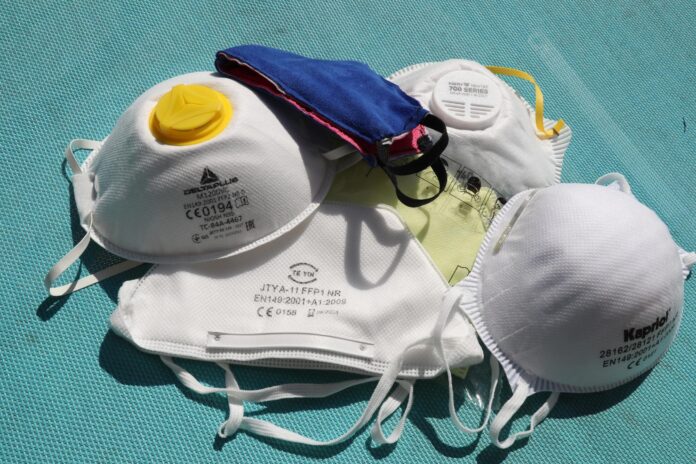
There’s no one-size-fits-all answer to this question, as the right mask for you will depend on your personal preferences and respiratory health. But here are some tips to help you choose the right mask for public transportation:
- Think about your occupation and environmental exposure. If you work in a high-exposure occupation like manufacturing or construction, or if you live in a city with high levels of pollution, wearing a respirator may be the best option for you. In contrast, people who spend a lot of time outdoors or who have normal asthma symptoms don’t need to worry about wearing a respirator while traveling.
- Consider your budget and how often you plan to use public transportation. Some masks are more expensive than others, but they may last longer because they don’t require replacement as often. Items like disposable face masks can also be less expensive over time if used multiple times per year.
- Find the type of mask that is best for your needs. There are two types of masks that are commonly used when traveling: disposable masks and facepiece filters. Disposable masks can be thrown away after each use and typically come in packs of 10 or 20. Facepiece filters are more durable and can be reused several times, but they may not be ideal if you have allergies to specific materials or latex proteins in facial hair products.
- Make sure the mask is properly fitted. Many masks come with instructions on how to correctly fit the mask, but it’s important to follow the instructions to ensure a good seal. If the mask doesn’t fit well or if it leaks air, it won’t protect you from exposure to harmful particles.
- Last but not least, be sure to know about any safety hazards that may be associated with using public transportation, such as dusty conditions or collisions. If you experience any discomfort or respiratory problems while wearing your mask, take it off and contact your doctor.
How to protect yourself from Covid 19
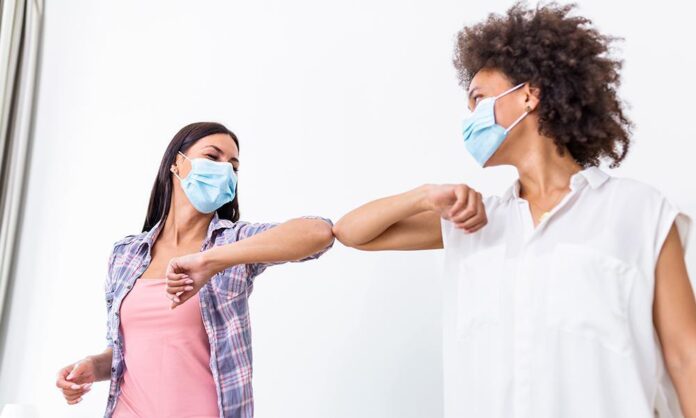
In the event that you or someone you know comes in contact with Covid 19, there are a few things you can do to protect yourself and your loved ones. For starters, avoid any contact with the virus at all if possible. If that isn’t possible, take the following precautions (besides wearing a mask):
Covering your nose and mouth when you sneeze and cough – will help prevent the spread of airborne Covid 19.
Washing your hands often – even if you don’t feel like it – is one of the best ways to limit the spread of this virus. And remember to use soap and water rather than disinfectants, which can actually make the virus more deadly.
Avoid close contact with people who are sick – for instance, by staying away from people who are coughing or sneezing. And don’t touch anyone if they seem to be having an adverse reaction to Covid 19 – for instance, by having a high fever or feeling dizzy or lightheaded.
Conclusion
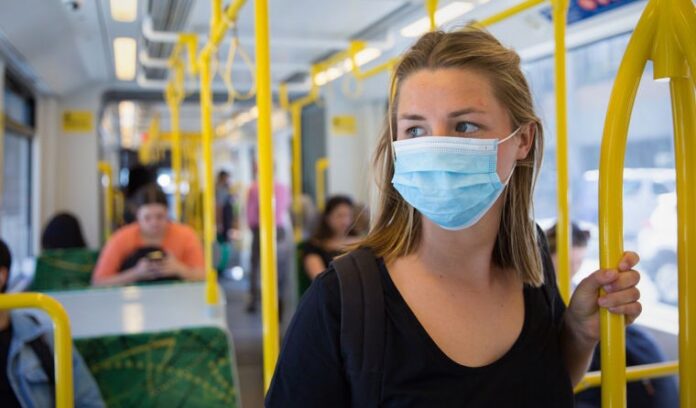
When it comes to public transportation, many people feel that wearing a mask is necessary in order to avoid the spread of respiratory infections. While this may be true for some individuals, there are other ways to protect yourself from these infections without wearing a mask. For example, using hand sanitizer regularly and avoiding close contact with others are both great methods of preventing respiratory infection. Ultimately, the decision of whether or not to wear a mask on public transportation is up to each individual. However, by understanding why masks are worn and what other precautions can be taken, you can make an informed decision about whether or not to wear one yourself.
